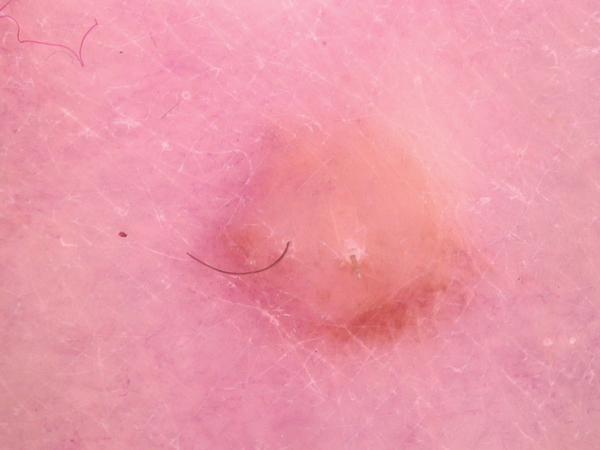Skin cancer is one of the most common types of cancer. Understanding the condition and your options can help you prepare to manage it effectively. Here is more information on skin cancer, its causes, symptoms, diagnosis, and treatment options:
What Is Skin Cancer?
Skin cancer is a condition where abnormal skin cells grow uncontrollably. This growth is typically triggered by DNA damage in skin cells, often due to prolonged exposure to ultraviolet (UV) radiation. These abnormal cells can form into masses known as tumors, which can either remain localized or spread to other areas of the body.
There are several types of skin cancer. Common types include basal cell carcinoma, squamous cell carcinoma, and melanoma. Each type varies in severity and its progression, requiring different approaches to diagnosis and treatment.
What Causes It?
UV radiation from sunlight or artificial sources, like tanning beds, is the primary cause of most skin cancers. This radiation can damage the DNA inside skin cells, leading to uncontrolled cell growth. Individuals with frequent or intense sun exposure, particularly those experiencing sunburns, are at higher risk. Other contributing factors include genetic predisposition and having certain medical conditions that weaken the immune system.
What Are the Symptoms?
This cancer often presents as changes to the skin, such as new growths, sores that do not heal, or alterations in existing moles. Basal cell carcinoma typically appears as pearly or waxy bumps. Squamous cell carcinoma may show up as red, scaly patches or sores. If you notice any of these signs, consult a healthcare professional for evaluation.
How Is It Diagnosed?
Diagnosis typically begins with a physical examination of the skin. Dermatologists closely examine any unusual growths or changes in the skin using specialized tools, such as dermatoscopes. If they suspect skin cancer, the next step is a biopsy.
A biopsy involves removing a small sample of the suspicious tissue and sending it to a laboratory for analysis. This procedure determines whether cancerous cells are present and identifies the specific type of cancer. Based on the results, healthcare providers discuss appropriate treatment options.
How Is It Treated?
Treatment varies depending on the type, location, and stage of cancer. Here are some of the common methods used:
- Mohs Surgery: During Mohs surgery, thin layers of skin are removed and examined under a microscope one at a time. The goal is to remove all cancerous tissue while preserving as much healthy tissue as possible.
- Curettage and Electrodesiccation: For small or superficial growths, curettage and electrodesiccation may be utilized. The process involves scraping away cancerous cells with a curette and then using an electric needle to destroy any remaining cancerous tissue.
- Freezing Using Liquid Nitrogen: Known as cryosurgery, freezing cancerous growths with liquid nitrogen is a method used for superficial cancers. The extreme cold destroys abnormal cells, which typically slough off over time.
- Excisional Surgery: Excisional surgery involves cutting out the cancerous tumor along with a margin of surrounding healthy tissue to make sure all cancer cells are removed.
Learn More About Treatment Today
Understanding how to manage and treat skin cancer is a valuable step toward recovery. Early diagnosis and proper treatments can improve outcomes and reduce risks. Each treatment method offers unique benefits tailored to specific cases, and discussing these options with a healthcare provider is recommended. To explore additional resources or learn more about effective treatment options, reach out to a dermatologist today.

